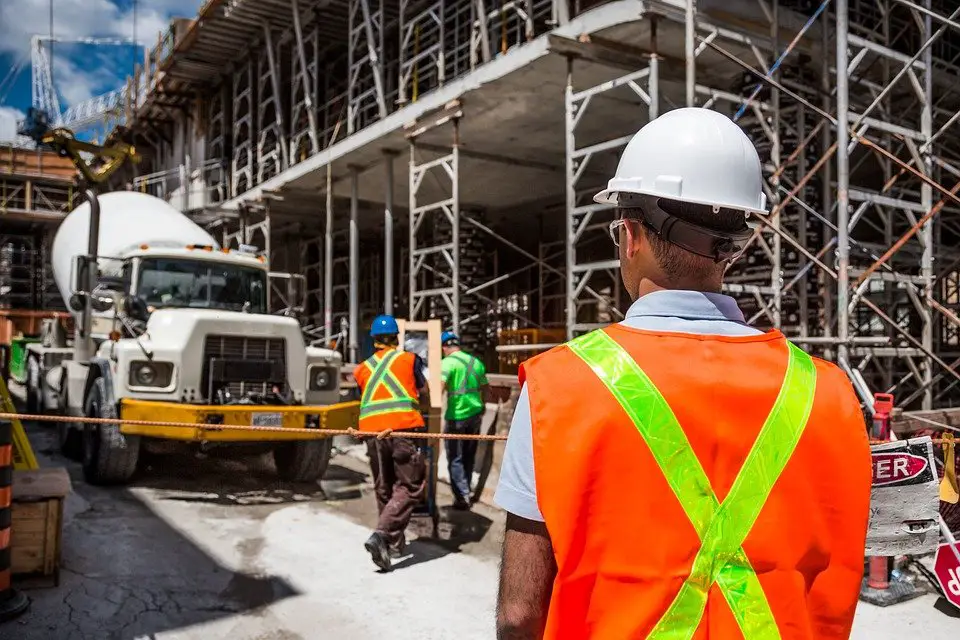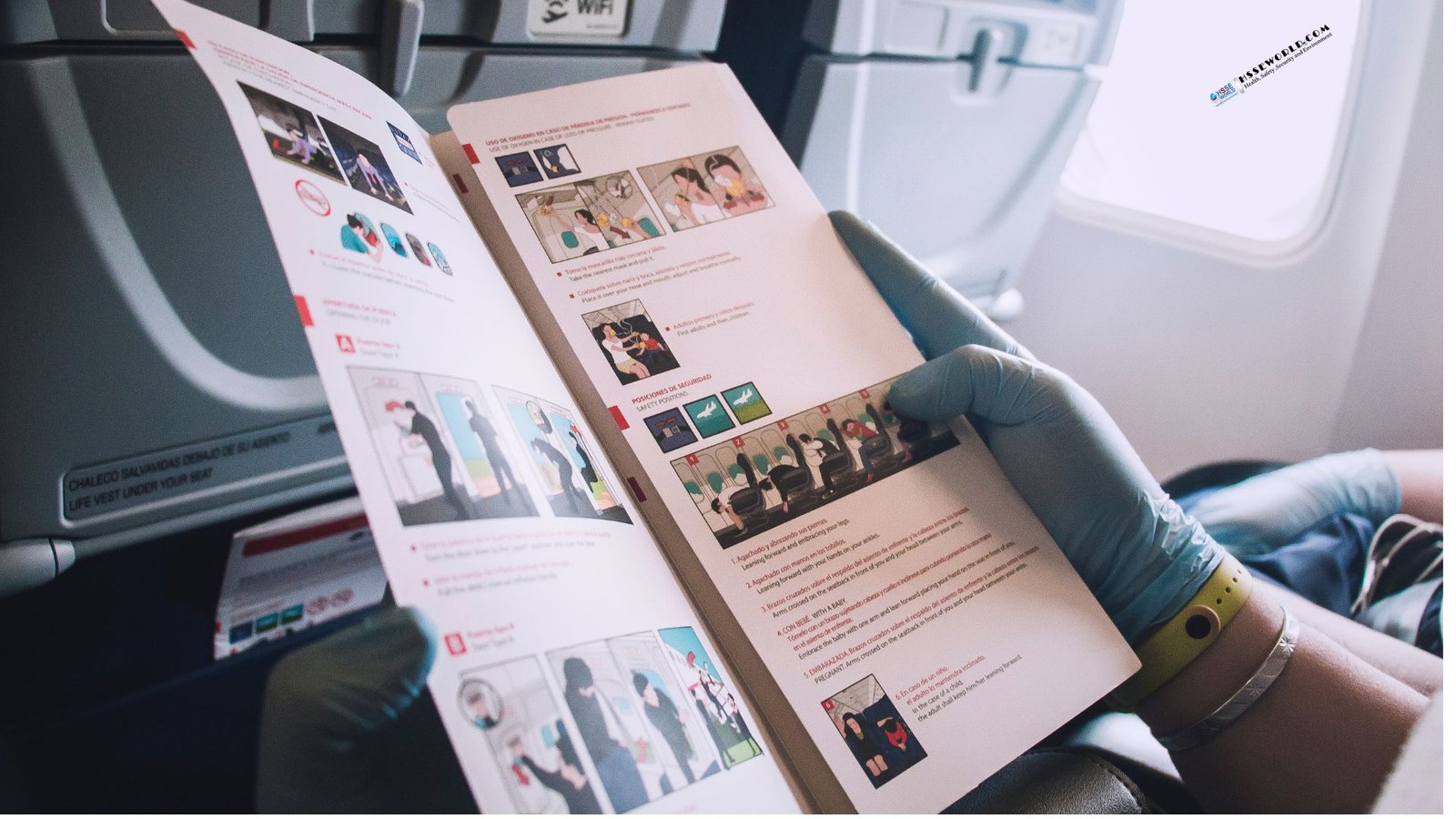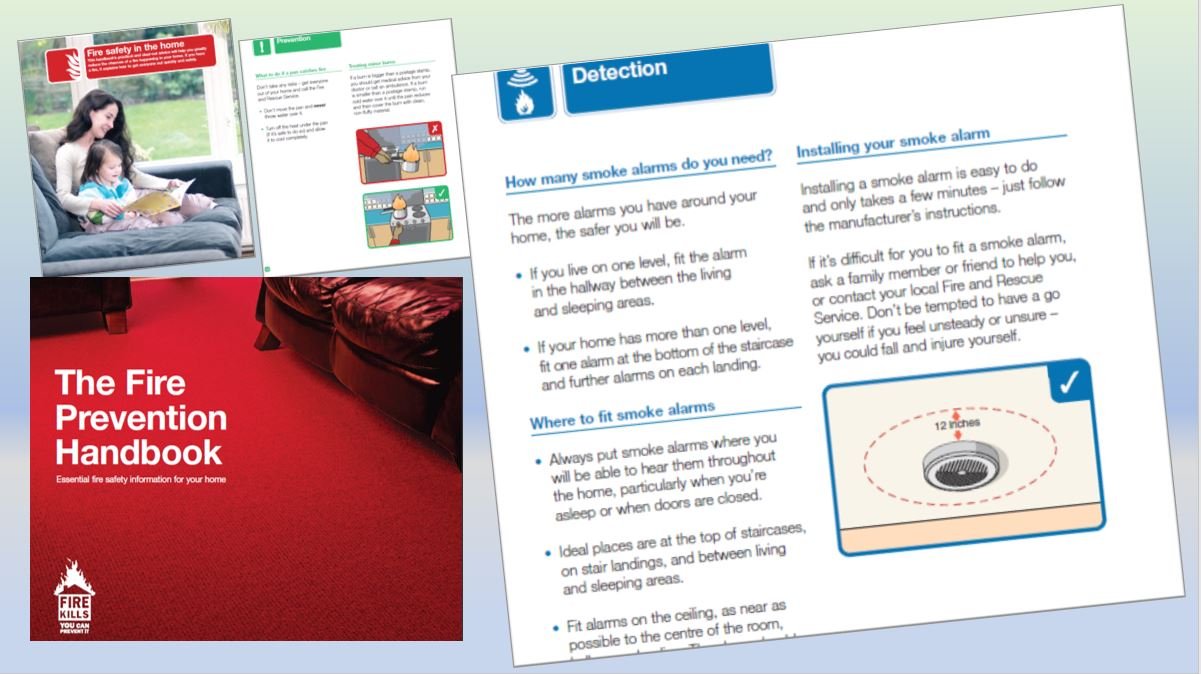When it comes to buying safety vests for you jobsite, safety managers and procurement officers are greeted with an overwhelming number of choices. This is great, since a wide selection improves the chances that your workers will have the right PPE for the job. But it’s a lot like trying to pick the best ice cream out of a list of 100 flavors. The sheer number of options is daunting.
In this article, we’ll give you the information you need to start honing in on the best safety vest for the job.

Evaluating Your Safety Vest Needs
Safety professionals say the phrase “every job is different” the same way teachers probably say “every child is unique.” Sure, it’s true for the workers (and the parents), but from a professional standpoint they all share the same basic challenges.
When assessing your safety vest needs, you need to consider the following.
Environmental Factors
Safety vests need to match the environmental conditions in which they are being used. Heat, cold, wind, rain, and snow can all be factors, depending on when the work is being done and where the job site is .
Even for internal environments, you might have to worry about the temperature. In a food processing plant, for example, there can be many degrees of difference between the fry line and the refrigeration bay.
Job-Specific Factors
Safety vests do, of course, play a role in making the employee safer. More often than not, the main safety function will be visibility. The vest is intended to make others aware that the worker is there to reduce the chances of striking, running over, backing into, dropping on, or otherwise hurting the worker due to not noticing them there.
That said, vests may be called on to play other important roles such as protecting the wearer from fire, tearing away if caught, providing cut protection, and so on.
People-Specific Factors
Last but not least, the safety vest has to fit the worker and be as comfortable and convenient as possible. This is one of the best ways to encourage use.
Sizing is a big issue on most job sites, since most women and many men who fall outside the average body type can tell you. You’ve probably seen guys walking around in a safety vest that looks more like someone tried to fit a reflective thong over their shoulders and failed badly.
Other design options can actually improve productivity as well as safety by adding functional features like pockets .
Getting a Handle on the Range of Safety Vest Options
Once you’ve parsed out the job site requirements, your next step is to get a feel for the range of safety vests that can meet your needs. Below we have the most common selection factors, and example of use and a sense of the range within those criteria.
Visibility
If a safety vest is needed for compliance, you’ll be looking for the ANSI type and class that matches the work. If the vests are not part of the overall safety compliance for the job, there are non-ANSI vests of all varieties.
Variations include the reflective index of the strips, the placement, width, and whether they wrap around to the back or not. In well-lit factories, workers may be given the choice of having the strips embedded in the uniform or the belt style vest that straps over top like suspenders.
For workers near high speed traffic, however, ANSI compliant vests will be required as both the reflective material and the main material are designed to stand out from the background. You don’t want reflective straps over brown or black work gear on this type of work site because the worker can and will still blend in with the roadway.
Durability
There are two considerations when it comes to durability. One is the wear and tear the fabric can take. Most safety vests are made of synthetic fibers like nylon, polyester, and rayon. These materials vary in how resistant they are to wear, but they are all generally durable.
The second consideration is the durability required by the job itself. Safety vests can be a nylon and kevlar blend to increase cut resistance, as is sometimes required in manufacturing or processing environments. They can be polyester and fiberglass blends with an additional non-flammable coating to increase flame resistance . They can be layered to provide more insulation against body heat loss for workers in the winter cold. They can be mesh to help workers keep cool in the heat. Basically, you can find whatever you want once you know what you need.
Design
Design can address safety factors or people factors. People working with industrial machinery with multiple pinch points need a vest that is designed to tear away rather than pull the wearer in. As mentioned above, workers who need some cut protection will need a more complete vest with maximum body coverage, especially compared to a highway worker who primarily wants to be seen but also needs to keep cool in the summer .
Once safety is addressed, there are other design options, such as pocket placement and number, radio loops, ID holders, and so on. At the risk of stating the obvious, the best way to find out what workers want in a vest design options is to ask them.
Getting Your Workers into the Right Safety Vest
The big secret to properly outfitting your workers isn’t to find one vest that will do it all. In practice, you’ll probably need to keep a range of types as well as sizes. On any given work site, you’ll have some people who work better with pockets and others won’t even notice they’re there. Even seasonal work like highway maintenance is prey to rain and the odd cold snap, so you can’t bank on mesh vests always doing the job. Moreover, we are in a more diverse world now, with women on site in addition to those guys who never quite fit the one-size-fits-all gear. No single vest can cover for all these situations.
Safety gear suppliers have stepped up to produce the widest variety of safety vest sizes, types, and options than we’ve ever seen. For the first time in the history of the safety industry, we can confidently say that if you haven’t found the right vest for your crew, you just weren’t looking very hard.
Moreover, there are clear benefits to putting the work when it comes to finding the right safety vests for your employees. Getting the right fit, safety features and options for your workers helps your company with compliance, reduces the chances of injury, and improves efficiency. Most importantly, it shows your workers that you care enough about them to put in that extra effort.



